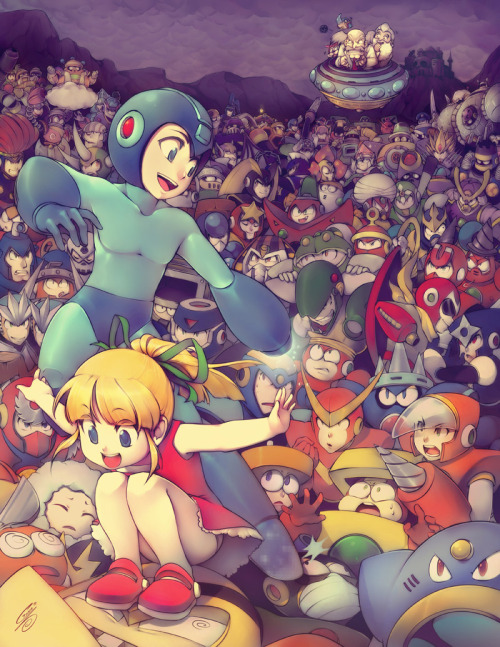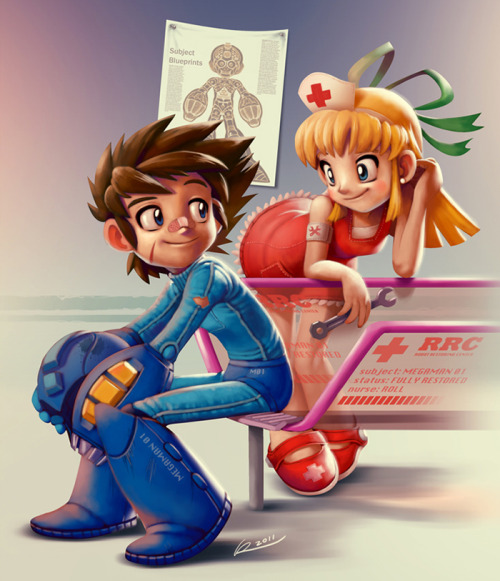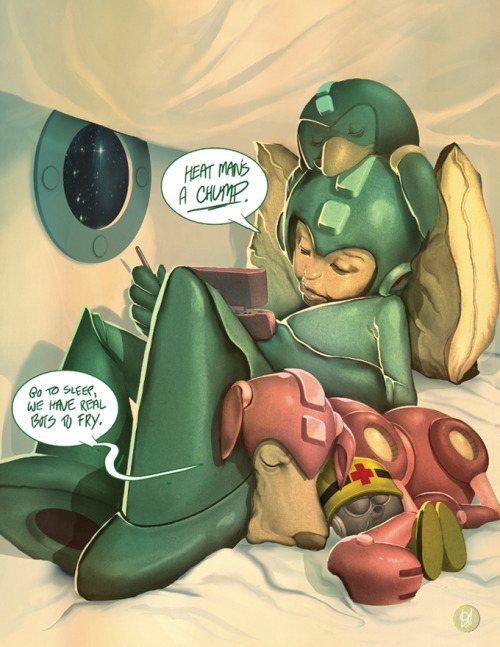Wednesday, October 19, 2011
An eBay Primer: Using the Free Market to Your Advantage (as a Buyer)
I opened my eBay account at the same time that I was learning about supply and demand curves in AP Economics. More than a decade has passed since then, but eBay remains one of the best examples I know of the raw forces of a free market system at work. The bottom line in a free market is this: the price at which an item will sell is the price at which a buyer is willing to purchase it. On eBay, however, in order for this principle to apply, there must be at least two buyers bidding on the item in question. Without the competition between at least two buyers, a given item will sell for its asking price--presuming it sells at all. Further complicating matters is the quantity of the item available for purchase. As in the classic supply-demand curve, where demand remains constant, the greater the supply, the lower the price of the good in question, because the greater the supply, the more sellers will compete against one another to attract a buyer for their items. Also, buyers may be willing to let a few auctions go in order to secure the item at a lower price if they can be relatively sure that more auctions featuring that item will be coming down the pipeline. Where the item in question is rare enough that an auction may represent the only opportunity for most buyers to acquire it, all bets are off. If the item is likely to have a dedicated following, a heated bidding will almost inevitably ensue, with the winning bidder paying top dollar for the honor of bringing home such a rare prize. Just as it takes two to tango, it takes at least two to start a bidding war. Nevertheless, I've done my part on more than one occasion, with the most egregious examples stemming from rare - and usually Japan-only - Rockman/Mega Man-related items. I paid roughly 150% MSRP on a Rockman DASH artbook during my first year on eBay, and a year ago, fought (and won) a ferocious bidding war on a garage kit Rockman model that predated (and, in terms of sculpting if not articulation, bested) the mass production model kit from Kotobukiya. I believe I paid roughly double the original price you'd have paid if you were lucky enough to attend the garage model convention at which the kit was sold, but seeing as my max bid was nearly double that amount (because it seemed to be - and to my knowledge has been - the only kit ever sold on eBay), I still enjoyed a considerable consumer surplus. So what can you learn from free market principles, bidding wars, and my Rockman fanaticism?
Know the Market, Play the Market
Whenever you conduct a search for an item, before you even place your first bid on an auction, you should refine the search parameters to show completed items only. The results you obtain from this refinement will reveal the state of the market for that particular item.
If there have been several completed auctions in addition to several live ones, then the supply of the item in question seems pretty healthy. If the completed items reveal that one of the sellers of the live auctions has listed the same item repeatedly in the past, then the likelihood that more of that item will be available through that seller also increases.
Determine Your Max Bid Before You Make Your Opening Bid
If a number of the completed items sold for a relatively consistent high bid, then congratulations: You've discovered the current market price for the item, which should serve as a price ceiling for your own maximum bids if you don't intend to overpay. Often times, though, you'll find a range of high bids that vary according to random factors like the timing of the auction, the number of people who bid on the auction, and the disposition of the auction's high bidders.
If the supply seems a bit tentative, then depending on how badly you want the item, you may need to be prepared to enter a max bid a bit higher than the market price. And if the item is virtually one-of-a-kind as far as eBay goes, and you absolutely must have it, then be prepared to enter into a bidding war and end up paying top dollar (read: potentially up to as much as you can afford) for the honor of claiming the prize as your own.
Establishing a max bid amount beforehand forces you to assess how badly you want the item in question, as well as how much money you want - or at least can afford - to sink into it in order to make it your own. It removes the fevered adrenaline rush of raising your bid in the last few seconds of an auction - otherwise known as sniping - and the likelihood that heightened emotions get the better of you and you end up paying so much for an item that you ultimately regret having won it. There's nothing intrinsically wrong with sniping - in fact, that'll be the topic of a future Primer post - so long as you establish your well-considered bid ceiling beforehand, and stick to it, regardless of what your adrenaline-amped sensibilities might try to convince you to do otherwise.
Saturday, October 15, 2011
An eBay Primer: The 3 Most Important Things A Buyer Should Know
1) Feedback Matters
Feedback scores, though far from perfect, is still one of best and most expedient ways to determine whether a seller is trustworthy enough to do business with. And while any seller with a large score and a feedback percentage better than 98% is usually trustworthy, some of the power sellers who meet eBay's strict criteria earn "Top-Rated" seller status, which is an even stronger indication that they'll do right by you in any given transaction. Especially when you're starting out, avoid buying items (especially large ticket ones) from sellers with less than 98% positive feedback or only a few feedback points to their name. Not all of those who fall below 98% or are just starting out are bad sellers or out to swindle you, but those who are will have lower feedback and - possibly - a fresh account to distance themselves from past bad transactions.
eBay's feedback system is a little different than it was back when I started. Sellers can no longer give buyers anything but positive feedback, and some users believe this creates a power disparity that helps to protect "problem" buyers who don't pay for their items or attempt to defraud the seller. But the current feedback policy also removes the chilling effect that retaliatory seller feedback could have on a buyer when an item fails to materialize, or shows up markedly different than how it was described at auction.
Sometimes a rare item you desperately want may only be offered by a questionable seller, or the price might be incredible. At those times, it may be useful to go deeper: look at the negative feedback that lowered the seller's score, or look at the few transactions (if any) they've already completed. If the negative seems to be an isolated incident, or item they're selling is in line with the things they've sold successfully in the past, determine whether the item is worth the risk. If it is, and you go for it, and the seller turns out rotten after all, then at least you'll still be covered by the next rule:
2) Know the eBay Buyer Protection Policy
If there's a golden rule to doing buying things on eBay, this is it. eBay's Buyer Protection Policy is one of the strongest safeguards in place to protect buyers from unscrupulous sellers, but in order to use it, a buyer should be fully versed in its provisions. It can be tedious and difficult to understand at times, but it's there for your benefit, and the better you understand it, the better it can be there to protect you when a transaction goes south.
One of the most critical provisions: eBay/PayPal only allows you to open a dispute within 45 days of your original payment for the item. If you wait until the 46th day to open a dispute, then all your rights under the Buyer Protection Policy evaporates into thin air. So even if your seller is begging you to give him just a few more days to resolve your issues, if the 45th day is looming near, make sure you open your dispute before then. If the seller comes through shortly thereafter, then you can close the dispute with no harm done; but if he's just trying to make your BPP rights expire, then you'll have headed him off at the pass, and are ready to take the next steps if he doesn't make things right.
3) Search for "Completed Items" to Get a Sense of the Market
In my early years on eBay, I would often find myself getting into ridiculous bidding wars with other buyers that ended up with either them or me paying way more for the item than any rational person should. The best safeguard against this is to do some research on how much the same item has sold for on eBay in the recent past. Taking the same search terms but filtering the search to show "Completed Items Only" will show you all of the recent completed listings that match your terms.
You can learn several important things from these search results: How much, on average, does the item go for? How many of this item have been sold recently (and, by extension, how likely will it be that other listings will offer this item in the future)? Has this seller sold the same kind of item before (and would he be likely to sell another one shortly after the current listing)? All of these factors can help you determine what a sensible high bid should be, and in that way avoid overpaying as a result of a frenzied bidding war with no clear price ceiling.
Tuesday, October 11, 2011
It's On Amazon: Iron Chef: The Official Book
In the already diverse world of food shows, Iron Chef's place is a distinctive one. Back when Food Network was still a fledgling television channel without its current stable of celebrity chefs/cooks, it was this strange import from Japan that drew in audiences with its gladiator-like duels between culinary professionals. Its popularity in the U.S. spawned the short-lived Iron Chef USA and the currently airing Iron Chef America, but to me no subsequent iteration has successful captured the unique entertainment value of the original Ryouri no Tetsujin. It is one of the greatest disappointments in my life as a consumer that (as far as I know) this series has never been collected into DVD sets in either Japan or the United States.
Those who share my consternation (or just wonder where such a left-field TV show concept, even by Japanese TV standards, came from) might be interested in Iron Chef: The Official Book, which was released several years ago and is currently available as a bargain book on Amazon.
The book offers insight into the making of the Iron Chef series, with insights from the titular Iron Chefs, announcers, and production crew. Among the enduring questions answered by the book: why, if every other voice was dubbed for U.S. audiences, was the Chairman (the inimitable Takeshi Kaga) subtitled? If that mystery has been niggling at you for years, you'll find the answer here.
Those who share my consternation (or just wonder where such a left-field TV show concept, even by Japanese TV standards, came from) might be interested in Iron Chef: The Official Book, which was released several years ago and is currently available as a bargain book on Amazon.
The book offers insight into the making of the Iron Chef series, with insights from the titular Iron Chefs, announcers, and production crew. Among the enduring questions answered by the book: why, if every other voice was dubbed for U.S. audiences, was the Chairman (the inimitable Takeshi Kaga) subtitled? If that mystery has been niggling at you for years, you'll find the answer here.
Saturday, October 8, 2011
Mega Mania #01: Mega Man Tribute Artbook (Udon Entertainment)
Those who familiar with me know that I am a complete fanatic as far as Mega Man (or Rockman as he's known in Japan) is concerned. I've owned and played all ten of the original series' games, as well as the five that were ported over to the Game Boy. I have every issue of the short-lived Mega Man comic book series by the now-defunct Dreamwave Comics, and admit to following Archie Comics' present series. I've added virtually every Rockman manga published in Japan to my bookshelf - and have Hitoshi Ariga's Megamix series and most of his Gigamix series in English as well. UDON Entertainment is the U.S. publisher of the Megamix/Gigamix manga, and they've also ported over the Complete Works series of artbooks. But they've recently released their first (as far as I know) original Mega Man artbook: Mega Man Tribute, featuring fan art solicited from all across the globe.
As you can see from the example submissions above, the artwork spans a wide range of artistic styles and media, just as the assembly of artists span the entire globe. Besides being a great collection of Mega Man-themed artwork, Mega Man Tribute also stands as a testament to the profound cultural impact that the Mega Man franchise has made on our global society in its 24-year history. (And as 2012 marks the Blue Bomber's 25th Anniversary, I'm sure this tribute only marks the tip of the iceberg of what UDON and Capcom whas in store for fans, despite the disappointing cancellation of Mega Man Legends 3 and Mega Man Universe earlier this year.)
Thursday, October 6, 2011
Upcoming Buys: Ray Solar USB Charger

Which is why I'm particularly interested in the Ray from Quirky. It's a solar charger for devices that use a USB connection - which has been done before - but what separates Ray from other solar chargers is an integrated suction cup that allows it to be affixed to a window or windshield
so that it can collect solar energy without actually being outdoors, or having to constantly fiddle with its stand (which is also included, in case a convenient window isn't handy. On top of that nifty innovation, the price is certainly right: $49.99 at MSRP, but only $39.99 if you commit to buy it through the current presale.
[Ray: Recharge Naturally, from Quirky, $39.99 on presale.]
Tuesday, October 4, 2011
My Water Bottle: KOR One Hydration Vessel
This week's review looks at a product that I've used for roughly a year and a half: the KOR One water bottle. These days proper hydration is a must and disposable plastic water bottles are both expensive over time and an environmental concern when they're thrown away rather than recycled. Reusable water bottles are better for both the environment and the pocketbook, but I've found that the screw threading Nalgene bottles so popular in the 2000s is a nightmare to keep sanitary (and a bit unwieldy in a pinch), and as much as I liked a spout-topped aluminum bottle that my former workplace provided (complete with its logo on the side), I find it psychologically more comforting if I'm able to see the water I'm drinking. I also found that the spout nozzle made it difficult to taste the water, which meant that I'd have difficulty in determining when the water filter in my refrigerator needed changing. Drinking from an open top eliminates that problem, and the quick opening lid of the KOR One makes for easy one-handed opening, swigging, and closing.
The KOR One is made with BPA-free plastic and can hold 750ml of water. It's sleek, impact resistant, and the curved handles at the top of the bottle easily accommodate a carbiner for attaching it to other things. (A small advisory: although my lid has never opened accidentally, I'd attach the carabiner to the side with the hinge, as that minimizes the amount of stress put on the side with the button mechanism.) The only thing that has given me trouble in its year and a half of use is some warping of the rubber ring used to form the lid's seal. It's readily replaceable, though, and after a quick email to KOR about the problem they sent me a replacement ring free of charge. A+ marks for customer service and follow-up in my book, on top of an already solid product.
The Kor One is a little pricey at retail: $29.95, but is also available at reduced prices on Amazon. If you do decide to pick one up from KOR directly, you can use the following coupon code to get 15% off: KWS-12802. The KOR One is $25.46 with the discount. The code also works for any of their products, including the newer models in 500ml size -
KOR Delta ($16.96 with discount):
the stainless steel KOR Vita ($18.66 with discount):
or value-priced KOR Aura ($9.31 with discount):
The Delta, Vita, and Aura also come in 750ml size.
In any iteration, the KOR is a well-designed, aesthetically pleasing water bottle with excellent environmental undertones. In fact, KOR donates 1% of every sale to its Thirst For Giving Program.
Get them through KOR directly (and don't forget to enter KWS-12802 for 15% off) or via Amazon:
Do you use a reusable water bottle? If so what brand/model's your favorite? How do you think KOR's offerings compare?
Subscribe to:
Posts (Atom)













